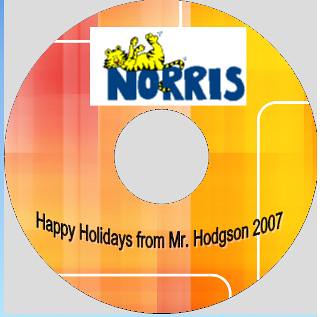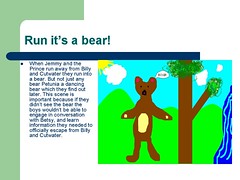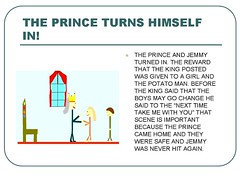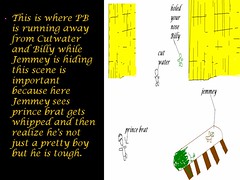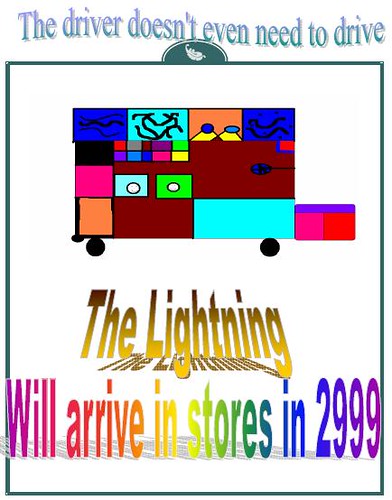I am going to write more about this later this week but I have been on a self-exploratory mission to learn more about embedding video without the use of Google or YouTube or TeacherTube, etc.
It has to do with showcasing puppet shows for families and not wanting to have any external links, and fast buffering (we have wireless in our school and if I have 20 students viewing puppet shows, I need a quick buffer).
So here is a test:
[kml_flashembed movie="http://www.box.net/shared/static/fs58j88g88.swf" width="350" height="300" wmode="transparent" /]
Kevin
